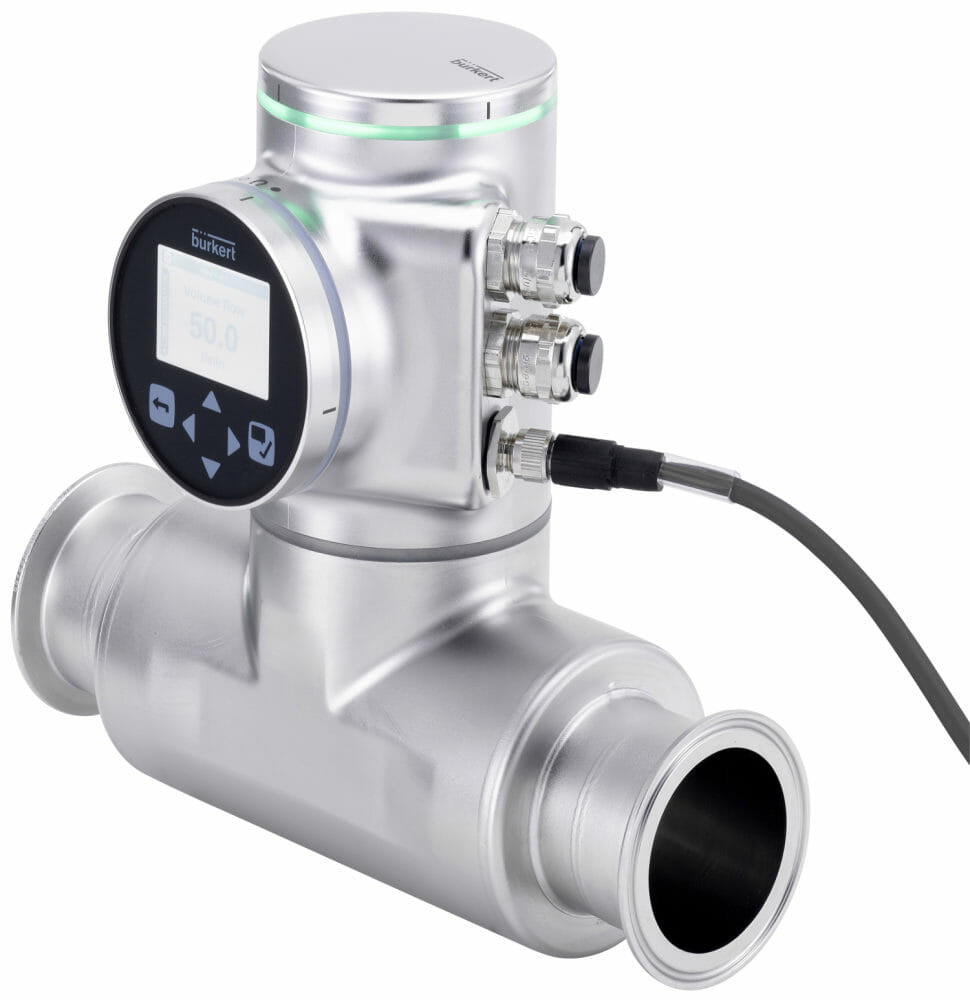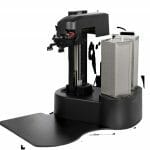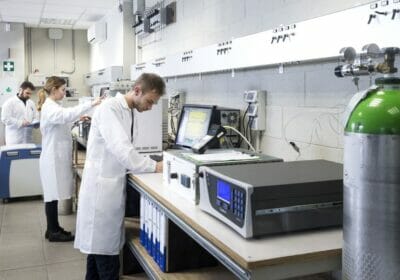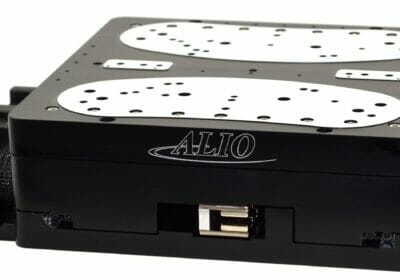Coriolis flowmeters first came into commercial use in the 1970s and ever since they have been developed and refined to meet a growing number of applications across a wide range of industries. However, where fluid density is not required, there is an alternative that offers all of the accuracy of Coriolis as well as addressing many of its substantial drawbacks.
Developed by fluid control experts at Bürkert, the FLOWave product uses Surface Acoustic Wave (SAW) technology to deliver precision flow measurements from a smooth, uninterrupted flow-through pipe section – meeting all the requirements of a hygienic application.
The demand for more advanced, non-contact measurement technology has seen the rise in ultrasonic, electro-magnetic and Coriolis technology and each of these have their place. However, even these devices have limitations including non-conducting liquids or those containing bubbles or debris. Ultimately it may be the location, space or orientation that may determine the most suitable design for a particular application.
Challenging the constraints of flow measurement
Coriolis flowmeters are regarded as the top specification flowmeter due to their versatile capabilities for both fluids and gases. However, the initial cost of such devices can be very high and they do have some constraints. The design requires the flow direction to be determined before installation and once installed there will be a pressure loss across the flowmeter, depending on the specification.
In addition, the designer may have to choose between drainability and accuracy since the more accurate bent-tube Coriolis flowmeter is difficult to drain and may present a contamination issue. In such cases it may be necessary to specify the straight-tube Coriolis device to ensure hygiene standards are met, but this can be at the expense of accuracy.
In terms of liquid flow measurement, there is a clear opening for a lower cost device which can deliver a compact, non-contact measurement which is accurate irrespective of media characteristics, flow direction and flow conditions. In answer to that designers at Bürkert have developed SAW technology to create an extremely compact device that has the same hygienic properties and cleanability as the rest of the process pipework.
Accuracy without compromise
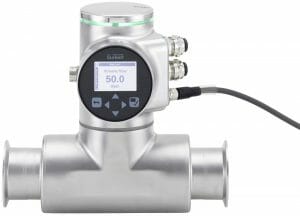 Until now, it has been difficult to match the accuracy levels demonstrated by Coriolis, without introducing other weaknesses to the application. Magmeters rely on the process fluid being conductive, while other designs require components to be in direct contact with the fluid, making it difficult to meet the necessary hygiene standards.
Until now, it has been difficult to match the accuracy levels demonstrated by Coriolis, without introducing other weaknesses to the application. Magmeters rely on the process fluid being conductive, while other designs require components to be in direct contact with the fluid, making it difficult to meet the necessary hygiene standards.
Accuracy and repeatability often rely on laminar flow which can require certain lengths of straight pipe upstream of the flowmeter. Continued testing and development of the FLOWave product has minimised this requirement. In addition, the use of Bürkert’s Teach-In function introduces automatic calibration that can maximise accuracy, even in applications that require short pipe runs.
Another issue that dominates discussions around flowmeter selection is weight, especially in process skids, where it needs to be minimised in order to retain the portability of the skid. The basic design of Coriolis flowmeters does put them at a disadvantage, in some cases a DN25 unit can weigh over 15 kg, compared to just 2.4 kg for the Bürkert product.
In situations where the flowmeter needs to be removed from the installation for any reason, such as cleaning, the implications for manual handling need to be considered. It may require additional mechanical assistance, which will add to the overall time for maintenance or cleaning.
Finally, any discussion regarding Coriolis would not be complete without some mention of the initial cost. Due to the technology and the scale of these flowmeters, even the most basic specification can represent a significant investment. Furthermore, the energy consumption of the two oscillators is considerably higher than more modern flowmeters such as the FLOWave3.
Improving technology to reduce costs
FLOWave offers a way to measure the flow of a liquid and its temperature without installing a large, expensive, and energy-draining piece of equipment. As well as being a leap forward in terms of size and energy use, FLOWave is free from parts in the measuring tube.
This cuts the risk of contaminating the medium to zero while also eliminating pressure loss, leakage, and dead zones. FLOWave works regardless of flow direction and conductivity of the medium, and will evolve to measure multiple parameters.
From the outset, FLOWave aimed to resolve the traditional issues associated with the Coriolis flowmeter, such as cleanability, pressure drop, weight, cost and energy consumption. At the same time, the designers were also keen to launch a product that could be improved over time, using more reference data to refine the measurement algorithms for different types of media, which is very much the case with FLOWave.
This innovative product already addresses many of the challenges set for it by making improvements on existing precision flow measurement technology, specifically Coriolis. However, it is also set to continue to be developed further, to widen its appeal for other applications and help more process engineers achieve their goals in a more cost effective manner.

